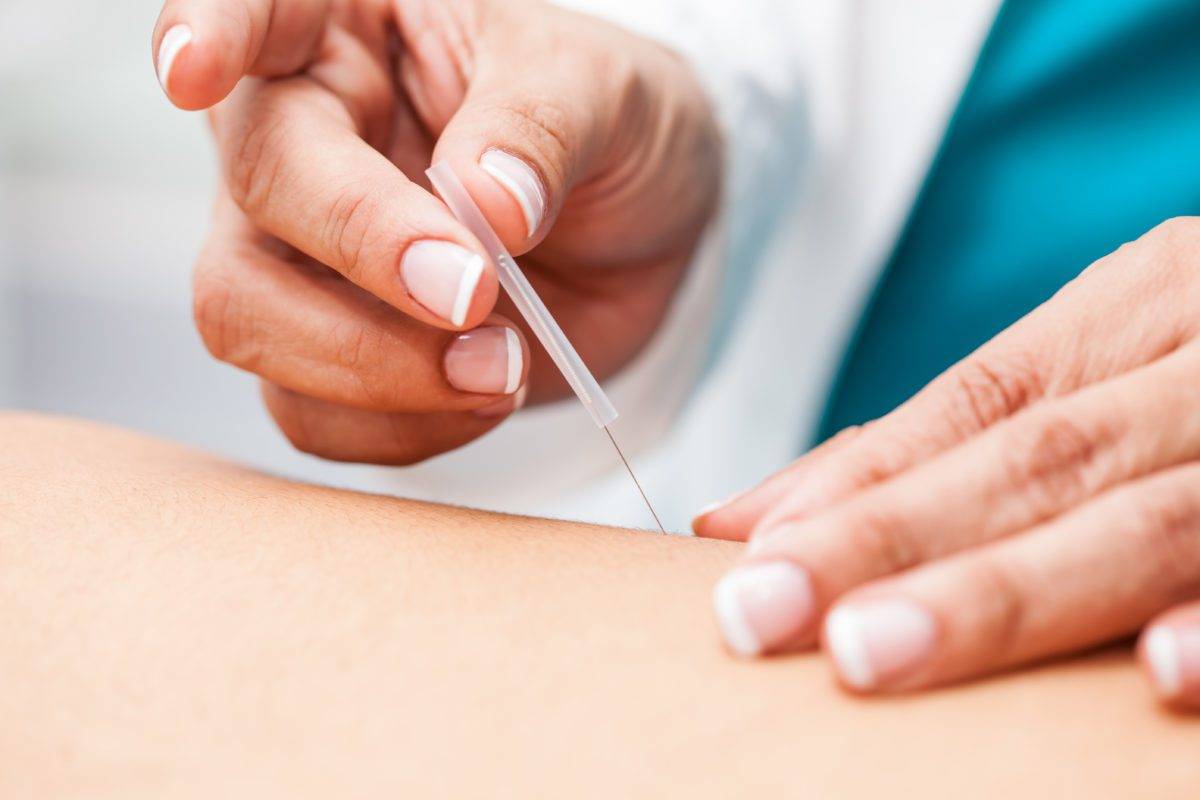By Dr. Jessica Fitzpatrick, DC
5 Minute Read
Our stress levels can be a significant source of physical manifestations of pain and conditions in our bodies. Clenching and grinding teeth, while not mutually exclusively, are very often related to increased stress and anxiety. We tend to hold more tension in our jaw and neck during times of worry and we are often unaware that we are doing so, particularly when we are sleeping. This can lead to issues with the join(s) of our jaw, called the temporomandibular joints, or often referred to as TMJs. Other variables such as chewing gum, biting very hard or chewy foods, sleep positions with your head, blunt injuries to the face, and dental alignment problems all can impact the biomechanical function of our TMJs.
All these factors accumulate and exacerbate what is often an underlying concern in the jaw and or neck areas. The temporomandibular joint (TMJ) is a joint between the condylar head of the mandible and the mandibular fossa of the temporal bone. It is a bi-arthroidal hinge joint which make it special and complex as it can act as a lever, can shift from side to side and can also slide forward and backward. This complexity makes it very adaptable to the tasks that are required of it – breathing, eating and speech, but can also make it more vulnerable to injury.

- Pain and tenderness in the jaw, face or neck musculature and ear
- Difficultly or pain on opening the jaw
- Clicking, locking or popping of the jaw
- Frequent headaches
While there are conditions that may lead to TMD such as structural anomalies like degenerative joints and disc displacement, a large portion of cases are the result of stress and anxiety. Often times we may be clenching or grinding our teeth, known as bruxism, without even being aware of it. Increased stress places tension on the musculature of the face and neck which may contribute to the urge to grind our teeth. Common signs that you may be clenching or grinding include waking up with headaches or jaw/face pain, tooth sensitivity and your dentist may point out that your teeth show signs of wear.
If any of these symptoms sound familiar to what you’ve been experiencing you too may be suffering from TMD. Common treatment options for TMD include medications such as anti-inflammatories, antidepressants and muscle relaxants. In some more severe cases local injections of corticosteroids or botox may be used. The use of bite plates or splints as prescribed by your dentist are often recommended to help correct misalignment and to help protect the teeth from further damage.

The needles typically are inserted in the facial and neck musculature and sometimes into the joint itself. They help to decrease the tension in the supportive musculature of the temporomandibular joints as well as the capsule surrounding the joint. If the cause of the TMD is stress and tension in nature the acupuncture in combination with myofascial work and supportive lifestyle changes can have excellent results in decreasing the tension. If the nature of the TMD is more degenerative or discal in nature, acupuncture can help alleviate some of the chronic inflammation and additional stresses placed on the disc and joint.

Practicing jaw stretching exercises may also help decrease muscle tone and increase jaw range of motion. Some exercises to try at home include:
- Jaw Opening Stretch – Place your fingers on the top of your front bottom teeth and gently pull down until you feel a slight stretch in your jaw and hold for as close to 30 seconds as possible.
- Tongue Press – While pressing your tongue to the roof of your mouth slowly open your mouth until you feel a stretch in the jaw. Close and repeat
- Jaw Range of Motion – Place a 1/4 inch object between your front teeth gently open your jaw and slide your bottom teeth forward to be in front of your top teeth until you feel a stretch. You can then shift your lower jaw from side to side until again you feel a gentle stretch in the jaw. Gradually increase the height of the object as you feel it becomes easier.
- Massage – Using a circular motion gently massage the muscles in front of and above your jaw
- Myofascial release – Gently drop down off your cheek bone with your thumb and slide down with a slight tension. While holding this slowly open your jaw while maintaining the contact on the muscle.
These stretches not only help alleviate pain and tension in the jaw but also help prolong the effects achieved from treatments.


